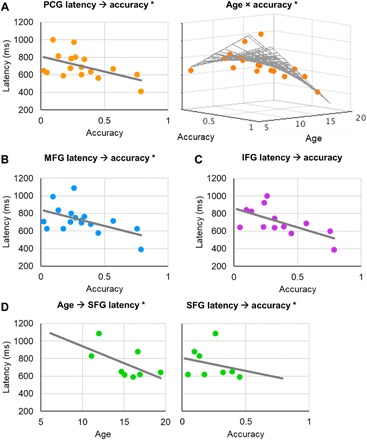Fig. 3. Frontal peak latency predicts subsequent memory accuracy.

(A) Left: Preresponse latency of peak PCG activation predicted recognition accuracy (P = 4 × 10−3, r = −0.52). Right: The negative relationship between peak PCG activation latency and memory accuracy was maximal in adolescent subjects (P < 0.02). Data are represented per subject. *Significant result. (B) Equivalent to (A, left): MFG peak activation latency predicted recognition accuracy (P < 9 × 10−3, r = −0.51). (C) Equivalent to (A, left): Similar, albeit subthreshold, effects were observed in the IFG (full-model ANCOVA P > 0.20, r = −0.63). (D) Left: SFG peak activation latency was predicted by age (P < 6 × 10−4, r = −0.59). Right: Equivalent to (A, left): SFG peak activation latency predicted recognition accuracy (P < 9 × 10−3, r = −0.24).
